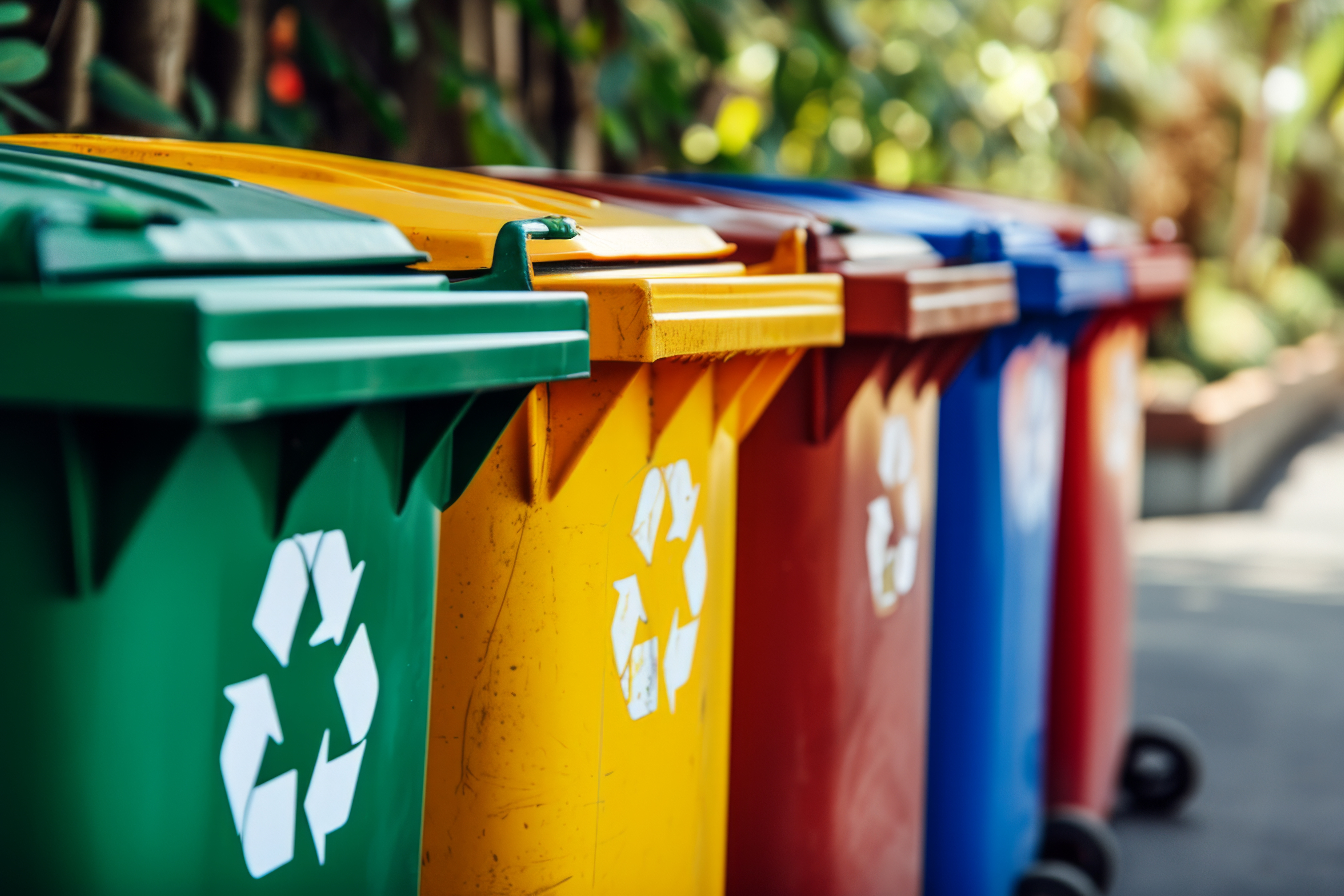
How to Get City of St. John’s Compost
City of St. John’s compost is self-serve and mechanical equipment is not permitted. Bring your own tools and supplies to collect the compost you need.
Bring:
- Shovel
- Gloves
- Buckets/pails/containers
- For open trucks or trailers, you will be required to cover and secure your load before leaving the site.
- On windy days consider wearing a dust mask and protective eyewear.
How to Use Compost
Compost adds organic matter, nutrients and microbes to soil. It balances pH and helps with soil structure, porosity and moisture retention.
- Use a little, not a lot. Compost is like a slow-release fertilizer. Use 1 part compost for every 3 parts soil for best results.
- Mix compost with soil. You should not plant directly into pure compost.
- For topdressing and mulch, spread a thin layer of finished compost on the garden, around plants or on a lawn. Compost will slowly mix into the soil, adding nutrients for plant roots.
- Wear protective gloves and wash hands after use.




